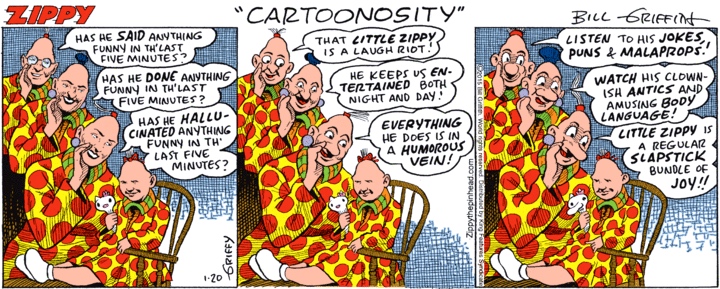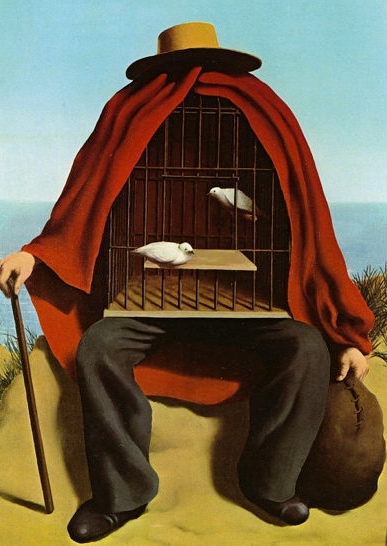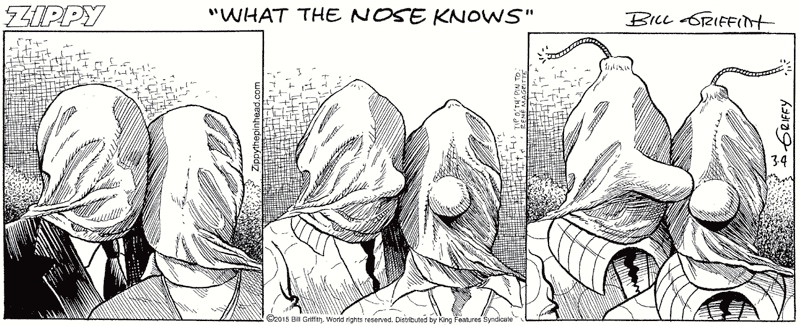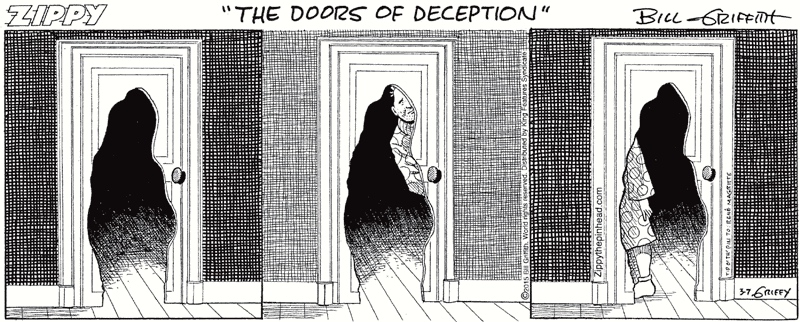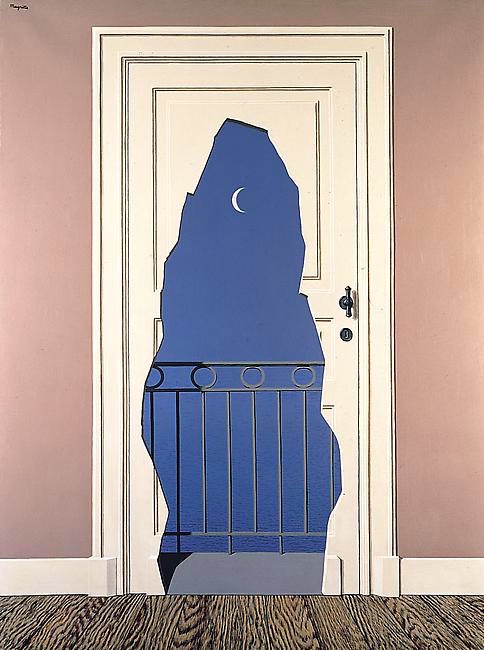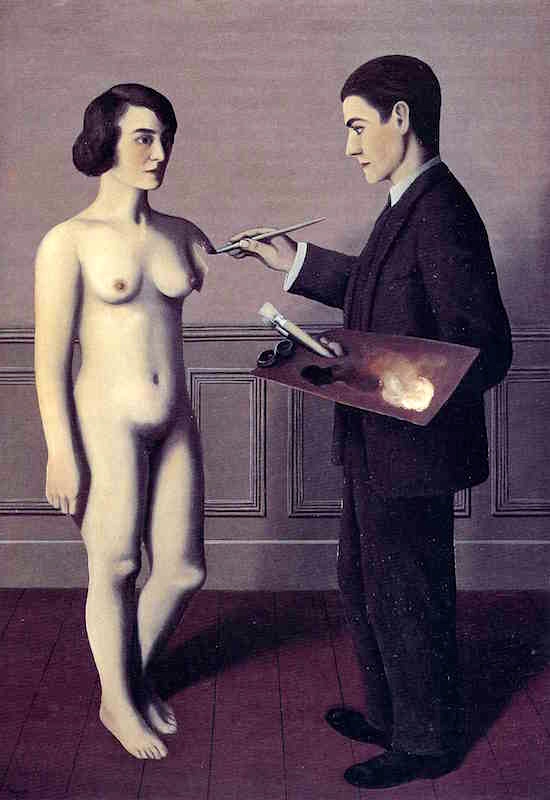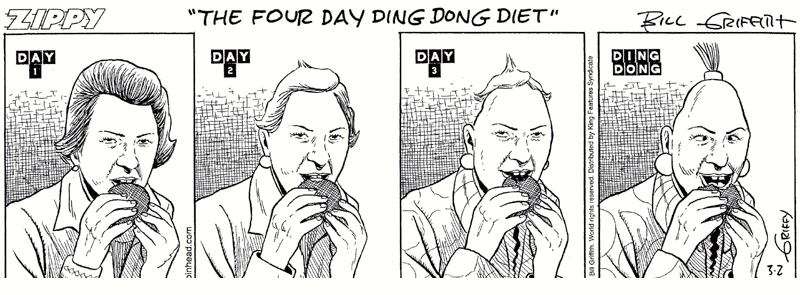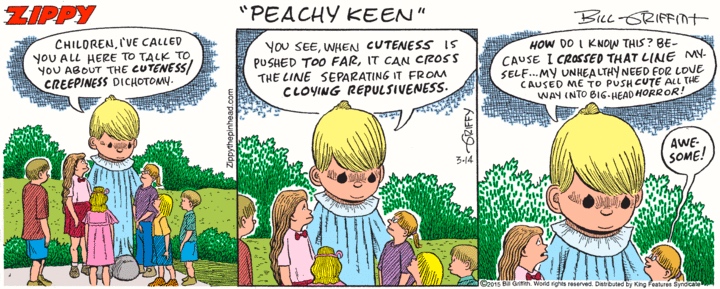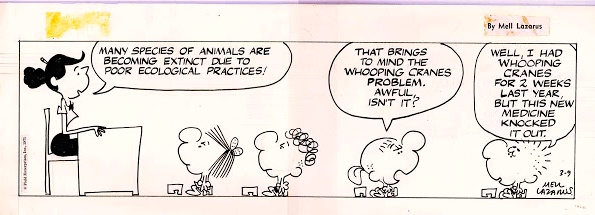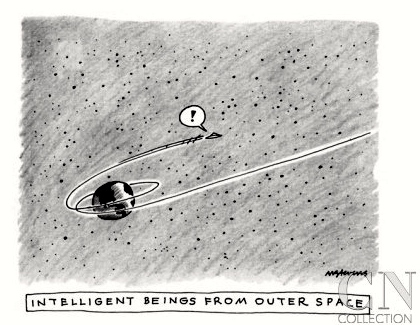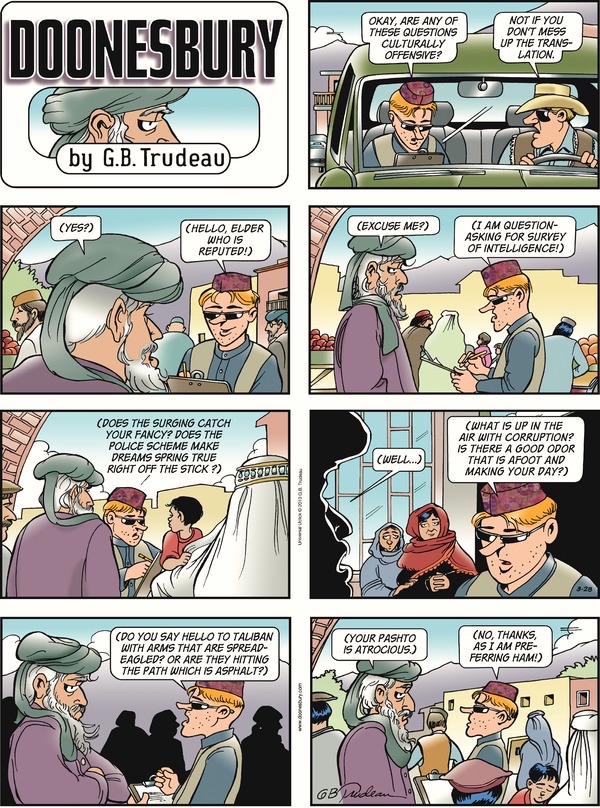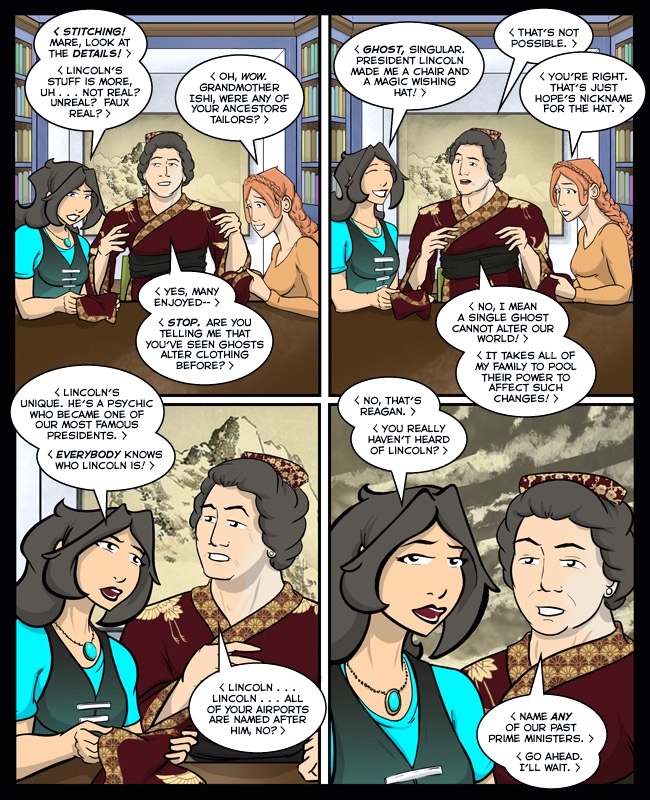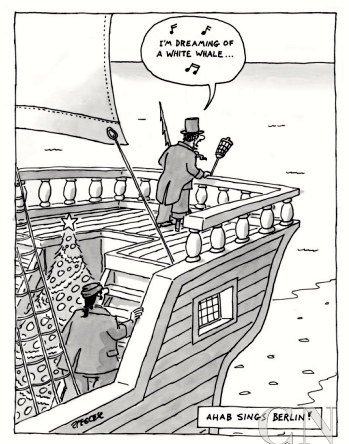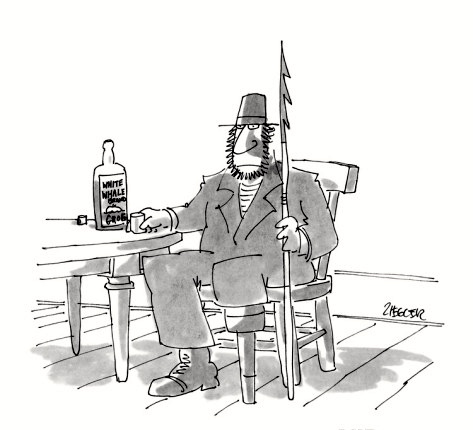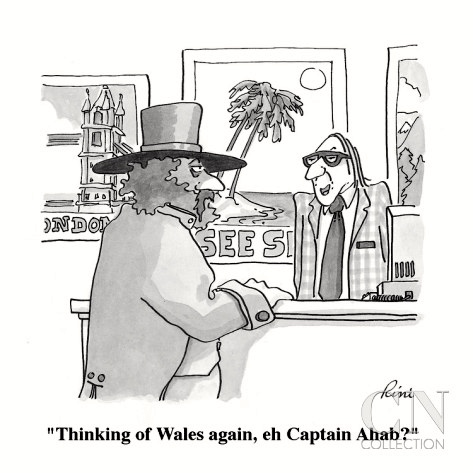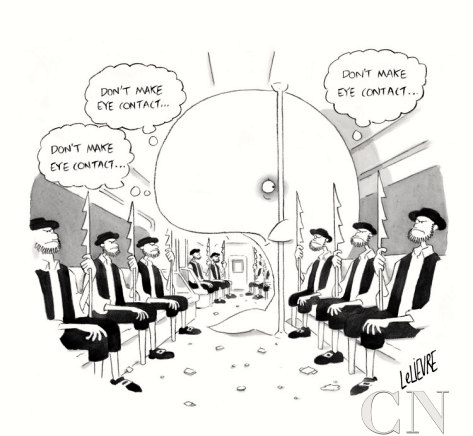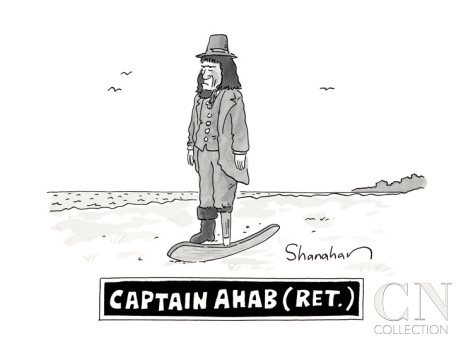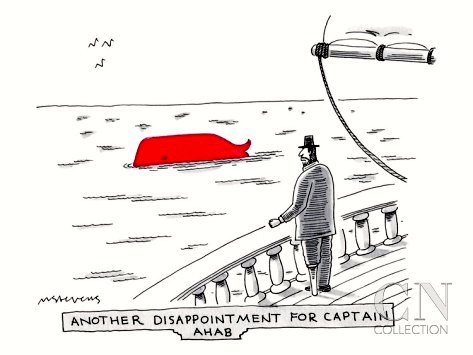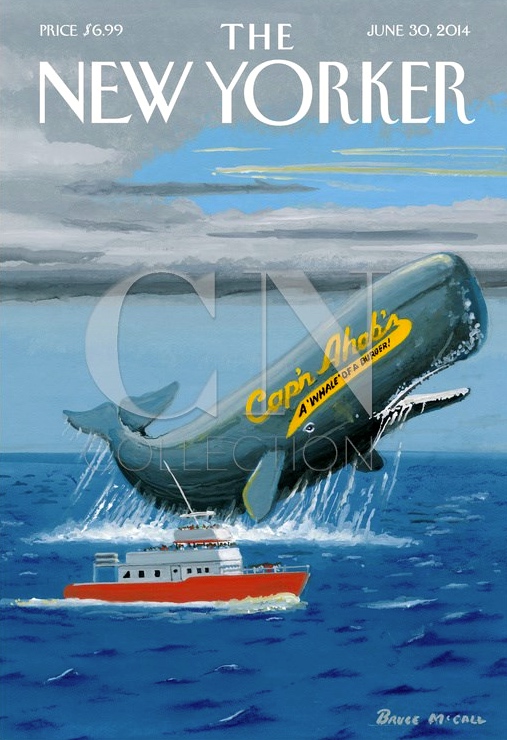It started innocently enough, with a Jack Ziegler cartoon in the January 11th New Yorker:
![]() (#1)
(#1)
Captain Ahab, identifiable through his peg leg and harpoon, is apparently looking for his whale in a book store (where he will, no doubt, find copies of Moby-Dick, but no whales). Of course, the cartoon isn’t comprehensible if you don’t know the outlines of the story, but more than that, Ahab and the White Whale have become stock figures in popular culture, and, indeed, a conventional theme of gag cartoons: a cartoon meme.
I then went to search on {Ahab cartoon}, so that I could justify the claim that there was such a meme, and was inundated with examples. In fact, I was inundated with examples from the New Yorker alone, including two more by Jack Ziegler. I stopped collecting them when I had 10 single-panel cartoons plus a New Yorker cover. God only knows how many more there are.
Background, from Wikipedia:
Captain Ahab is a fictional character in Herman Melville’s Moby-Dick (1851), the monomaniacal captain of the whaling ship Pequod. On a previous voyage, the white [sperm] whale Moby Dick bit off Ahab’s leg, leaving him with a prosthesis made out of whalebone. Instead of leading the Pequod on a whaling voyage for profit, Ahab seeks revenge on the whale and casts his spell over the crew-members to enlist them in his fanatical mission. When Moby Dick is finally sighted and hunted down, Ahab’s hate robs him of all caution and denies him revenge. Moby Dick drags Ahab to his death.
… Ahab is firmly established in popular culture by cartoons, comic books, films and plays. Most famously, he provided J. M. Barrie with the model for his Captain Hook character [in Peter Pan], who is obsessed not with a whale but a crocodile.
On to the cartoons. From Ziegler, published 12/6/10: Ahab sings [Irving] Berlin!:
![]() (#2)
(#2)
And then an unpublished Ziegler available in the magazine’s Cartoon Bank, with Ahab and a bottle of White Whale Brand Grog:
![]() (#3)
(#3)
One more unpublished cartoon from the Cartoon Bank, by J.P. Rini (new to this blog), with a travel agent who clearly doesn’t distinguish whales and Wales:
![]() (#4)
(#4)
Then another newcomer to this blog, Sidney Harris, Ahab with the whale mounted on a plaque (published 10/29/90:
![]() (#5)
(#5)
On to an artist who’s appeared once on this blog before, Glen Le Lievre, with the whale stuck on a subway car filled with Ahab-type whalers (published 3/3/08):
![]() (#6)
(#6)
Then an artist who’s appeared twice on this blog before, David Borchart, with Ahab raging at the whale, who’s just bitten off his other leg (published 1/24/11):
![]() (#7)
(#7)
(I note that of the 8 images in this posting where you can tell which of Ahab’s legs was lost in the original encounter with the whale, it’s 5 Ls to 3 Rs; even Ziegler (with 2 Ls to 1 R) is not consistent.)
On to three artists who (like Jack Ziegler) have appeared on this blog often enough to get their own Pages, starting with Danny Shanahan, who appears twice in the current set of cartoons: in a 8/11/14 cartoon with a retired Ahab, with a peg leg shaped like a rocking chair’s leg; and in a 9/20/10 cartoon showing a post-coital Ahab, with his bed-partner complaining accusatorily, “You called me Ishmael!”:
![]() (#8)
(#8)
![]() (#9)
(#9)
(Note that Ahab is missing his L leg in #8, his R in #9.)
Ahab does have an unnamed young wife in the book, and the woman in #9 might be her, or she might be a dalliance of the captain’s. In any case, the allusion here is to the first line of the book, the narrator saying “Call me Ishmael”. But in #9, Ahab called the woman Ishmael, presumably in the heat of intercourse, which has led some commenters to suggest that the cartoon depicts an Ahab with some sexual attraction to men — a man like the narrator Ishmael himself, whose relationship (intimate and quite possibly sexual) to the Pequod crewmember Queequeg has been much discussed in the literature on the book.
(Further note: some of the images in this posting are clearly set in the modern world, far removed from the mid-19th-century setting of the book: notably #1, in a modern book store, and #4, in a modern travel agency. But the setting in #9 is plausibly from the era of the book, a fact that adds to the distinctly literary — and New Yorker-esque — character of the cartoon.)
Now a 4/22/13 cartoon from Mick Stevens, showing a disappointed Ahab, who has tracked down a red whale instead of the white one he was hoping for:
![]() (#10)
(#10)
So much for the crop of cartoons. That leaves the master of New Yorker covers, Bruce McCall, here with a wonderfully silly cover from 6/30/14, showing a breaching sperm whale with advertising on its side for
Cap’n Ahab’s
A “Whale” of a Burger!
![]() (#11)
(#11)
If you can put ads on the sides of buses, why not on the sides of breaching whales?
(Many breaching whales do back flips. This one is doing a front leap — easier to recognize the species and read the ad.)
It turns out that I have posted Ahab/whale cartoons on this blog before, but only three times; I generally post a cartoon because there’s some linguistic point in it, not just because I found it funny, though I do post occasionally about cartoon memes (as I have just done here). Earlier postings:
“Idioms” (link): #2 Wrong Hands cartoon by John Atkinson
“Captain Rehab” (link): Speed Bump cartoon by Dave Coverly
“You must remember this” (link): #2 Zach Kanin cartoon in the New Yorker (yes, again the New Yorker)
Oh, yes: Atkinson R leg, the other two L leg.
![]()
![]()
